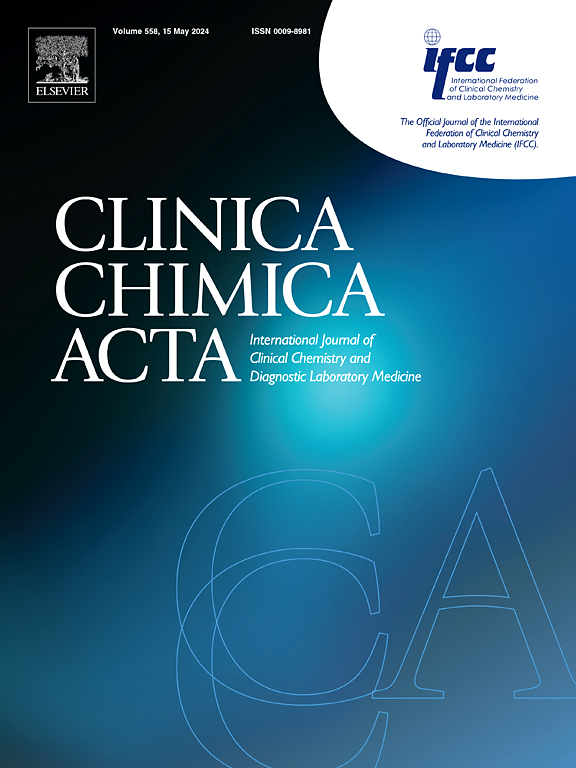Molecular detection of Strongyloides stercoralis: Emerging factors and diagnostic utility
IF 3.2
3区 医学
Q2 MEDICAL LABORATORY TECHNOLOGY
引用次数: 0
Abstract
Strongyloides stercoralis infection, a neglected tropical disease, poses a significant public health threat, especially in immunocompromised individuals. This parasitic nematode can establish chronic infections, potentially progressing to life-threatening conditions such as hyperinfection syndrome and disseminated disease. Timely and accurate diagnosis is critical for effective treatment and the prevention of severe complications. Traditional diagnostic methods, such as stool microscopy, are limited by low sensitivity, particularly for detecting low-intensity infections. Advances in molecular diagnostics, particularly Polymerase Chain Reaction (PCR), have significantly improved sensitivity and specificity, marking a pivotal shift in detection capabilities. However, critical barriers persist, including inconsistencies in sample collection and handling, geographic variations in parasite strains, and the impact of genetic diversity on assay performance. Emerging molecular technologies, such as real-time PCR, loop-mediated isothermal amplification (LAMP), and droplet digital PCR (ddPCR) hold significant promise for further enhancing diagnostic precision. These advanced methods provide opportunities for more robust and accessible diagnostics, particularly in resource-limited settings. To maximize their potential, it is imperative to address existing challenges through the standardization of protocols, optimization of sample handling procedures, and the development of high-quality, reliable reagents. By overcoming these obstacles, molecular diagnostics can be more effectively integrated into clinical and public health frameworks, facilitating improved management and control of S. stercoralis infection, ultimately reducing the morbidity and mitigating the global burden of this neglected tropical disease.

求助全文
约1分钟内获得全文
求助全文
来源期刊

Clinica Chimica Acta
医学-医学实验技术
CiteScore
10.10
自引率
2.00%
发文量
1268
审稿时长
23 days
期刊介绍:
The Official Journal of the International Federation of Clinical Chemistry and Laboratory Medicine (IFCC)
Clinica Chimica Acta is a high-quality journal which publishes original Research Communications in the field of clinical chemistry and laboratory medicine, defined as the diagnostic application of chemistry, biochemistry, immunochemistry, biochemical aspects of hematology, toxicology, and molecular biology to the study of human disease in body fluids and cells.
The objective of the journal is to publish novel information leading to a better understanding of biological mechanisms of human diseases, their prevention, diagnosis, and patient management. Reports of an applied clinical character are also welcome. Papers concerned with normal metabolic processes or with constituents of normal cells or body fluids, such as reports of experimental or clinical studies in animals, are only considered when they are clearly and directly relevant to human disease. Evaluation of commercial products have a low priority for publication, unless they are novel or represent a technological breakthrough. Studies dealing with effects of drugs and natural products and studies dealing with the redox status in various diseases are not within the journal''s scope. Development and evaluation of novel analytical methodologies where applicable to diagnostic clinical chemistry and laboratory medicine, including point-of-care testing, and topics on laboratory management and informatics will also be considered. Studies focused on emerging diagnostic technologies and (big) data analysis procedures including digitalization, mobile Health, and artificial Intelligence applied to Laboratory Medicine are also of interest.
 求助内容:
求助内容: 应助结果提醒方式:
应助结果提醒方式:


